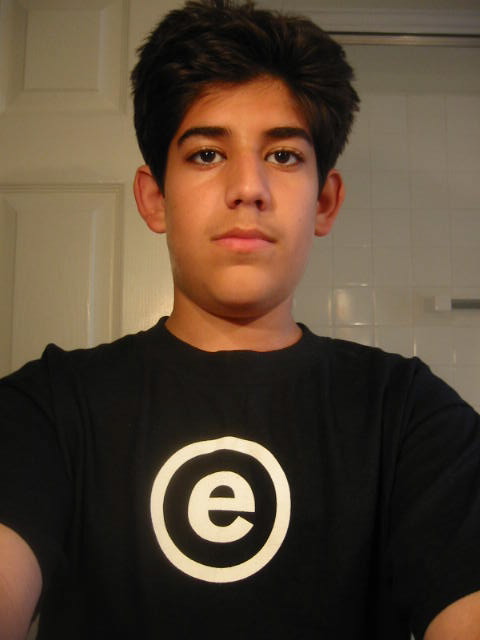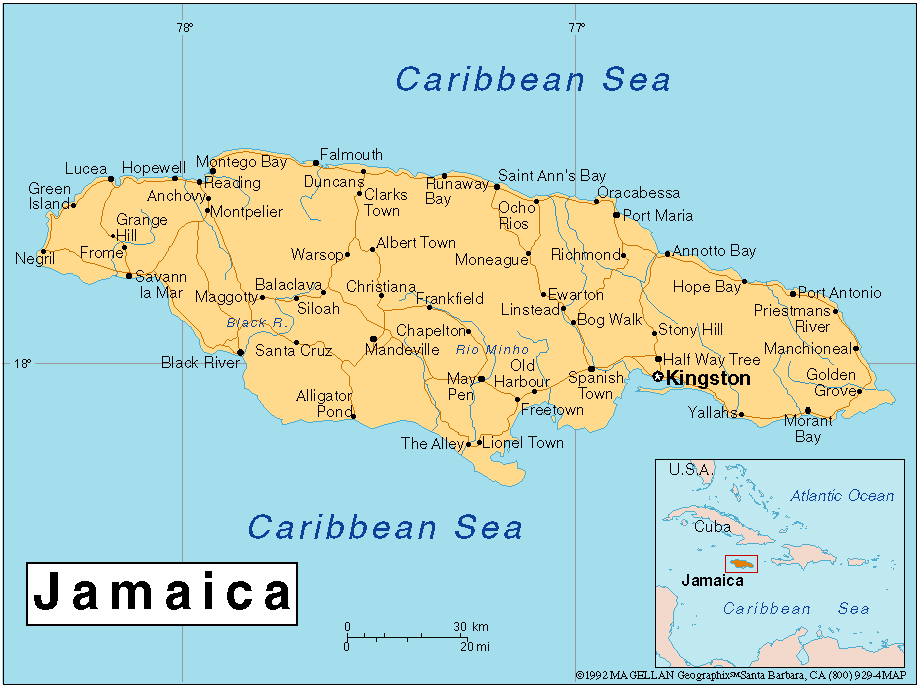2012 was an exciting year for the Abramson Cancer Center. We are featuring blogs featured on the Focus On Cancer blog that highlight cancer treatment breakthroughs, coping tips and ideas, education and inspiration.
Today, blogger and breast cancer survivor, Wendy Neilsen, offers tips to help a friend who’s been diagnosed with cancer, or who is undergoing treatment for cancer.
How to Help a Friend With Cancer
 |
| Author and breast cancer survivor, Wendy Neilsen |
Wendy Nielsen is a mom, a blogger and a breast cancer survivor. Diagnosed with breast cancer in 2008, Wendy initially underwent a lumpectomy, chemotherapy, and radiation treatment that year, followed by a prophylactic oopherectomy in 2010. She currently takes a daily aromatase inhibitor and remains NED.
Wendy blogs at Wendy Nielsen and is the weekly health and wellness contributor at The Trend Tribe.Do you need ideas on how to help a friend going through treatment for cancer? I’ve put together a list of things that helped me while I underwent treatment for breast cancer.
Babysitting
Knowing that your child is well taken care of in your absence is worth its weight in gold. When I was going through radiation treatment, I had to be at the hospital daily for a matter of twenty minutes. I’d get undressed, get zapped, get dressed, and go home. But, I couldn’t take my daughter with me to my appointment. She couldn’t be in the treatment room and I obviously couldn’t leave her alone in the waiting room. Offer up your babysitting services!
Food Delivery
Meals are important. I wasn’t so concerned with what I was eating but I worried about my husband and daughter going without a proper meal. There are so many awesome options, such as: 1) dropping off prepared meals from places like Dream Dinner that can be frozen and served later in the week or month. 2) recruit other friends and family to bring over homemade meals – including breakfast and snacks. Care Calendar is a great web-based system to help organize this effort. 3) grab a couple of extra pre-made salads, ingredients for simple dishes, fresh fruit and veggies, and some kid friendly snacks at your next grocery store trip and drop them on her porch.
Tip: Before purchasing or making food, consult with your friend to find out if there are any special dietary needs or restrictions. Care Packages
It is really important to stay hydrated during chemotherapy treatment. I gulped down drinks like Gatorade and bottled water mixed with Emergen-C. A cute care package with a reusable bottle and a box of Emergen-C is a great gift idea. Throw in some trashy tabloid magazines – if that’s her thing – and you’re golden. Note: chemotherapy wrecks a person’s taste buds and certain thing – even bottled water – can taste really awful. You might ask first if your friend has any specific aversions.
House Chores
Both chemotherapy and radiation treatment can seriously wipe out a person physically. Walking up the stairs in my own home was extremely trying somedays. Offer up your services to vacuum their house, do a couple loads of laundry, walk the family dog, take their kids to the park, or take out the trash cans. Everyday chores can become quite overwhelming – don’t let them be.
Write it Out
A simple, well-written card is always appreciated. But what do you say? Tell her she is strong, that she is a fighter, and that her hair coming out means the drugs are working! Encourage her to believe in her treatments and the education of their doctors. Remind her of the support system she has and the love that surrounds them. Cheer her on, especially as she get closer to finishing treatment. Tell her that having a positive mental attitude makes a difference. These simple words work wonders! Still tongue-tied? Hallmark stores have cancer specific cards. Serious, religious, and funny ones. Believe it or not, there is one that suits your needs.
Expect Less and Don’t be Offended
Lower your expectations – at least temporarily. I was hardly myself going through treatment for cancer. The chemotherapy drugs zap all your brain power. It’s a phenomenon called “chemo brain” and it’s very real. I didn’t care about anything other than surviving until my next treatment. Try not to be offended if your friend doesn’t make the effort they once did.
Be a Friend
Offer to go to her chemo sessions – and do it. I didn’t always engage in conversation during treatment but it was always great to know I had someone there by my side. Especially the first time because it was the scariest and definitely the last because it should be a celebration!
Encourage them to find a support group of patients also being treated for the same cancer. There are so many fantastic online support groups and many hospitals offer group services. It helps immensely to discuss thoughts, feelings, and experiences with someone also going through the same thing.
Twitter is another fantastic source for finding current patients and survivors. I highly recommend the weekly #BCSM Twitter chat on Monday at 9pm/EST.
A simple phone call, voicemail, or email just letting them know you are thinking of them. A potted plant, flowers, or a homemade card left on their porch step is always a sweet surprise.
On a very personal note: While I was going through treatment I insisted to everyone, including my closest friends, my parents, and other loved ones, that everything was fine and that I was managing. This was not always true. I didn’t want to burden others with my needs. I didn’t want to make them feel uncomfortable with my disease. I wanted to ease their worries and fears and pretend all was fine. Really pay attention, she might need your help but is afraid or uncomfortable to ask for it.
From this cancer survivor’s perspective, you just want to feel like you aren’t alone. Like you haven’t been forgotten. Cancer and its treatment can be very isolating because your peers aren’t experiencing the same thing.
If you have any questions or worry about what may or may not be acceptable – please email me at wendy@wendy-nielsen.com.
Cancer Information From a Reliable Source
Thank you for a fantastic 2012. The Focus On Cancer blog is committed to provide people with cancer and their caregivers educated information from a reliable source, the Abramson Cancer Center at Penn Medicine. Please s
ubscribe to our blog to get updates about new cancer treatments at Penn, credible information from cancer experts at Penn, and inspiration from other people with cancer.





































